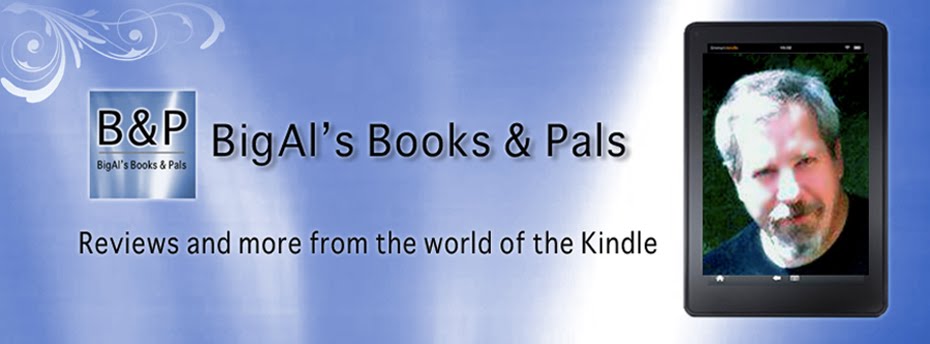Reviewed by: BigAl
Genre: Christmas/Humor
Approximate word count: 35-40,000 words
Availability
Click
on a YES above to go to appropriate page in Amazon, Barnes & Noble, or
Smashwords store
Author:
Robert J.
Ellsworth is a native of Chicago who has written for a number of magazines,
written screenplays (some for movies you might have seen,) non-fiction books,
and is a two-time recipient of the Lucille Ball Award for comedy screenwriting.
Description:
“A
continuation of the beloved Christmas tale that quickly goes flying off in its
own comic direction. It begins five years after dear old Ebenezer Scrooge has
passed away and left his thriving firm to his former clerk, Bob Cratchit.
However, Bob's overly-generous benevolence with lending and charity-giving has
driven the company into the ground, on the verge of bankruptcy. And so the
ghost of Scrooge returns one Christmas Eve to teach Cratchit the true meaning
of money. Making the swirling journey through Christmases past, present, and
yet-to-be all the more of a chaotic ride for Cratchit are the dozens of
characters from other Dickens novels woven throughout the story, together for the
first time. God bless them, most everyone.”
Appraisal:
It may seem
strange to compare a Christmas book to the book The Princess Bride (you’ve seen the movie even if you haven’t read
the book, right?), but I’m going to, because A Christmas Carol 2 reminded me of this classic in multiple ways (I
know the literati might not call it a classic, but I do).
The first
similarity is the premise that the book was written by someone other than the
author. The Princess Bride was
claimed to have been written by S. Morgenstern with a story involving the
author, William Goldman, having it read to him as a sick child, only to
discover as an adult that there were boring parts, so he’d republished it in
what, if memory serves me correctly, was originally referred to as “the good
parts edition.” This book (or so the claim goes) was written by Charles Dickens
with Robert J. Ellsberg providing some commentary via footnotes.
Another
similarity is the humor, sometimes subtle, in both. For example, A Christmas Carol 2 inserts short
(sometimes just two or three words) from other sources (often Christmas songs
and other seasonal fare) in ways that work in the context of the story, while
evoking the source. I’m not sure whether everyone would see these as humorous,
but it tickled my funny bone. A few examples are saying “the weather outside
was frightful” or describing someone as “a jolly, happy soul with a corncob
pipe and a button nose.” A second, ongoing joke was the appearance of several
characters from other Dickens’ books with footnotes explaining the reason for
including this character, often including actual (made up) quotes of
correspondence between Dickens and his editor.
At one
point as reading I started wondering if the author was making a political
statement with the subtext (it seemed to be headed that way), but in the end, I
decided I was probably seeing things (sometimes a cigar is just a cigar). If
there was a message, it was one of moderation. I found this “sequel” to the
beloved Christmas classic a fun read on many different levels.
Format/Typo Issues:
No
significant issues.
Rating: ***** Five stars


No comments:
Post a Comment